The upcoming Tenet directed by Christopher Nolan and shot by DP Hoyte Van Hoytema is one of the most ambitious filmmaking projects to date. Once again, IMAX cameras have been intensively and heavily used to maximize imagery. Did Interstellar and Dunkirk lay the cinematography groundwork for Tenet?
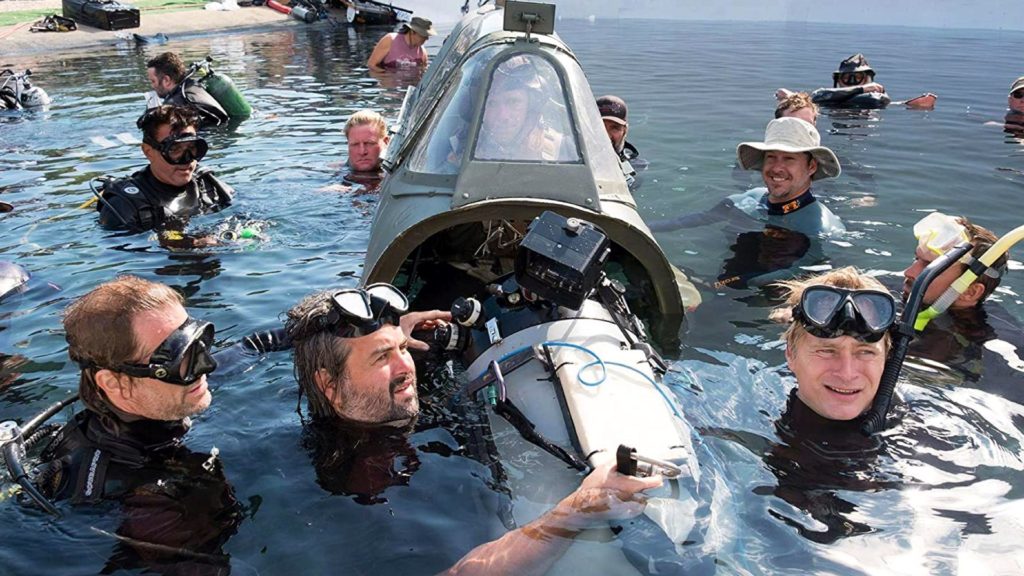
Tenet: Another film about complicated physics
The film tells the story of an operative belongs to an organization known as Tenet, that is tasked with preventing World War III. The film revolves around a concept called inversion where someone reverses the flow of time in order to disclose information to the past from the future. Like in Interstellar, it may seem that you’ll need to read a couple of physics books before watching it. Tenet directed by Christopher Nolan. It stars John David Washington, Robert Pattinson, Elizabeth Debicki, Dimple Kapadia, Michael Caine, and Kenneth Branagh. Principal photography involved a crew of 250 people and took place in Denmark, Estonia, India, Italy, Norway, the United Kingdom, and the United States. Check out the trailer below.
Nolan and the IMAX
Nolan is recognized as an IMAX filmmaker, and Tenet is no exception. Indeed, most of the film was shot on IMAX film cameras by cinematographer Hoyte Van Hoytema. Hoyte is a Dutch-Swedish director of photography known for his work on The Fighter (2010), Her (2013), Interstellar (2014), and Dunkirk (2017). He is a member of the Netherlands Society of Cinematographers (NSC) and the Swedish Society of Cinematographers (FSF). Naturally, Hoyte is well experienced in this huge format. Tenet is Hoyte and Nolan’s third mutual project, after blockbusters like Interstellar and Dunkirk. Also, Tenet is Nolan’s eleventh feature film, and his sixth to be shot and released in 70mm IMAX. To learn more about IMAX filmmaking, make sure to check our article: IMAX Filmmaking: What is it like to Shoot on an IMAX Film Camera?
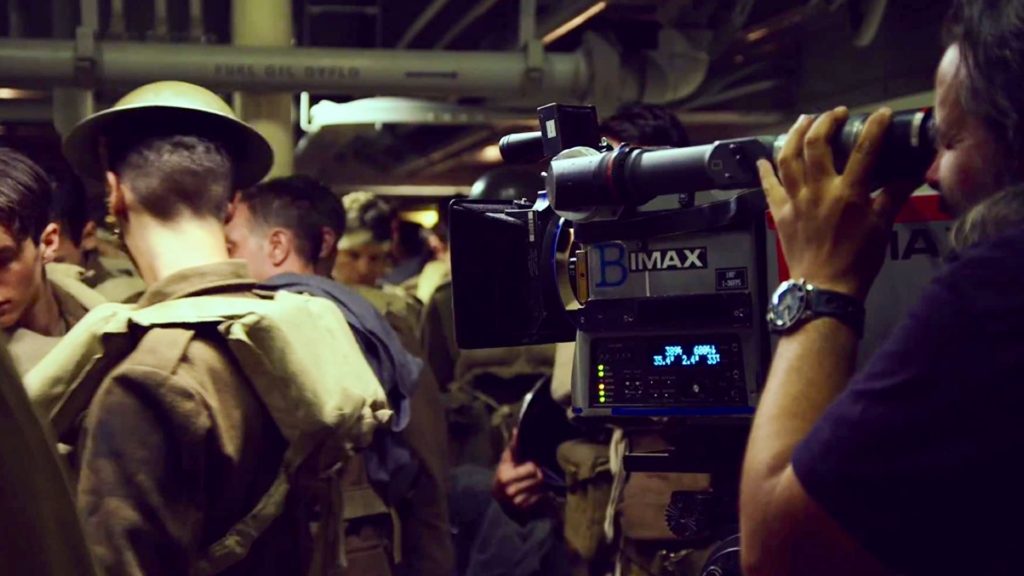
It’s the biggest negative, so it will harvest light and spread it out over the biggest amount of celluloid, which ultimately gives it the highest resolution – but also, with the experience of depth and color rendition, there’s nothing like it right now.
DP Hoyte Van Hoytema
Interstellar and Dunkirk as a solid base for Tenet
From a cinematography point of view, we can assume that Interstellar and Dunkirk constitute a knowledge base for shooting Tenet. Both Nolan and Hoyte have undergone some crazy adventures to get the shot they wanted for their films. “On Dunkirk and Interstellar we played around with the IMAX cameras a lot, and it’s undeniably the best and most visceral format. It’s the biggest negative, so it will harvest light and spread it out over the biggest amount of celluloid, which ultimately gives it the highest resolution – but also, with the experience of depth and color rendition, there’s nothing like it right now” said Hoyte. On Interstellar, many of the IMAX lenses used during filming were prototypes and never before seen, and some last-minute modifications had to be made to some of the lenses just a few days before filming began.
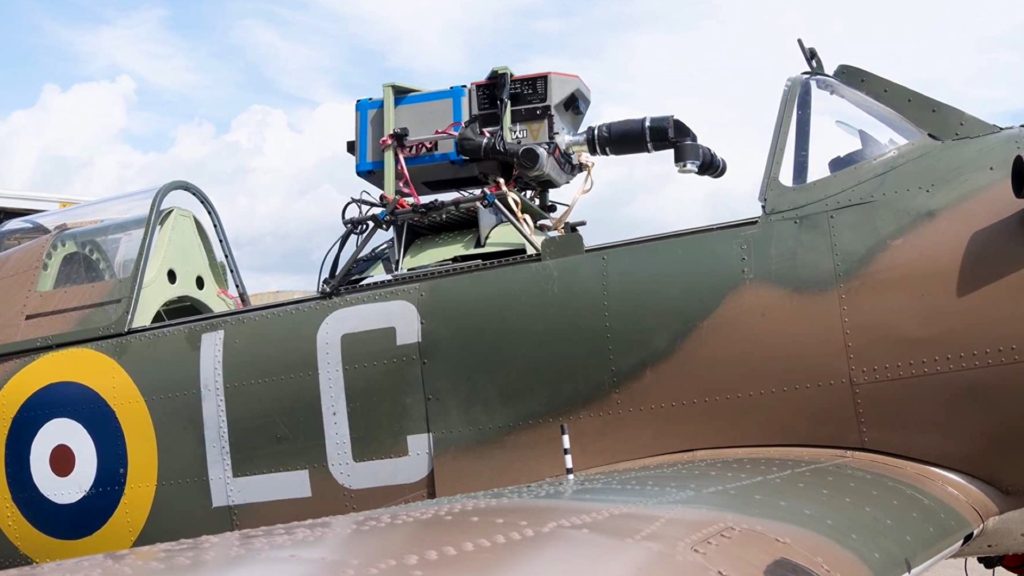
Making a 30Kg IMAX portable
The most unique methodology adopted by Nolan when shooting with IMAX is taking this 30Kg beast and treat it like a Run N’ Gun camera. For instance, explore the picture that shows an IMAX camera attached to a Spitfire plane on Dunkirk, which by the way, is the first IMAX-shot movie to be nominated for the Academy Award for Best Picture. Dunkirk features one hour and nineteen minutes of the final cut being footage that was shot on the IMAX film stock. This beats out a previous Christopher Nolan movie, The Dark Knight Rises (2012), which had one hour and twelve minutes of its final cut being footage that was shot on IMAX film stock. Also, according to Hoyte, shooting Dunkirk was extremely difficult due to the constant use of IMAX cameras ranging from forty-six pounds to two hundred fifty pounds (according to IMDB).
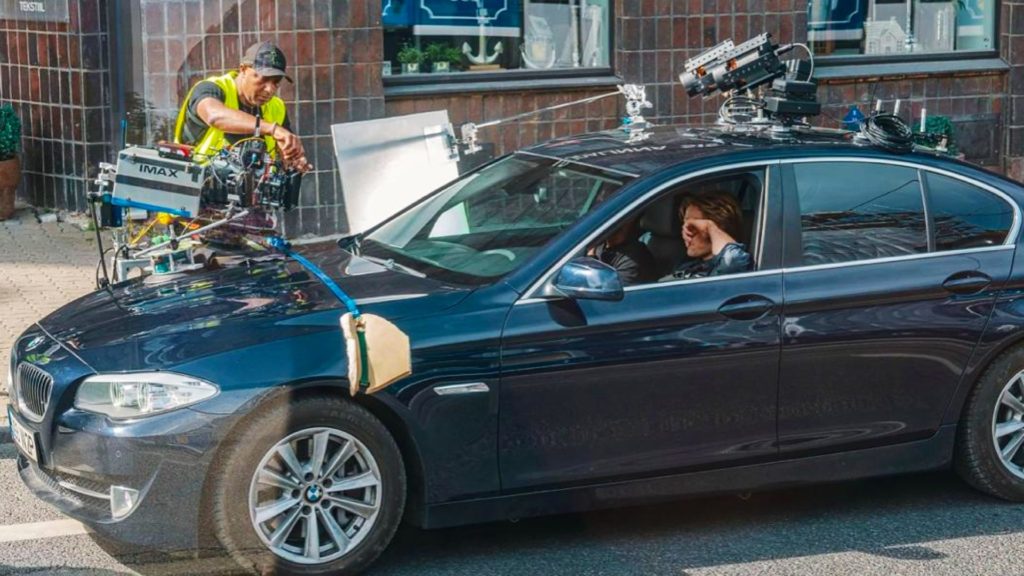
Tenet as an IMAX masterpiece
We wouldn’t expect less from Tenet. For instance, have a look at the IMAX camera rigged to the hood of the BMW (picture above). We anticipate the same cinematographic dedication by both Nolan and Hoyte to be accomplished on Tenet. The film was originally scheduled for a July 17, 2020 release in IMAX, 35 mm, and 70 mm film. Due to the COVID-19 pandemic, it was delayed to July 31. We can’t wait to review it, so stay tuned.

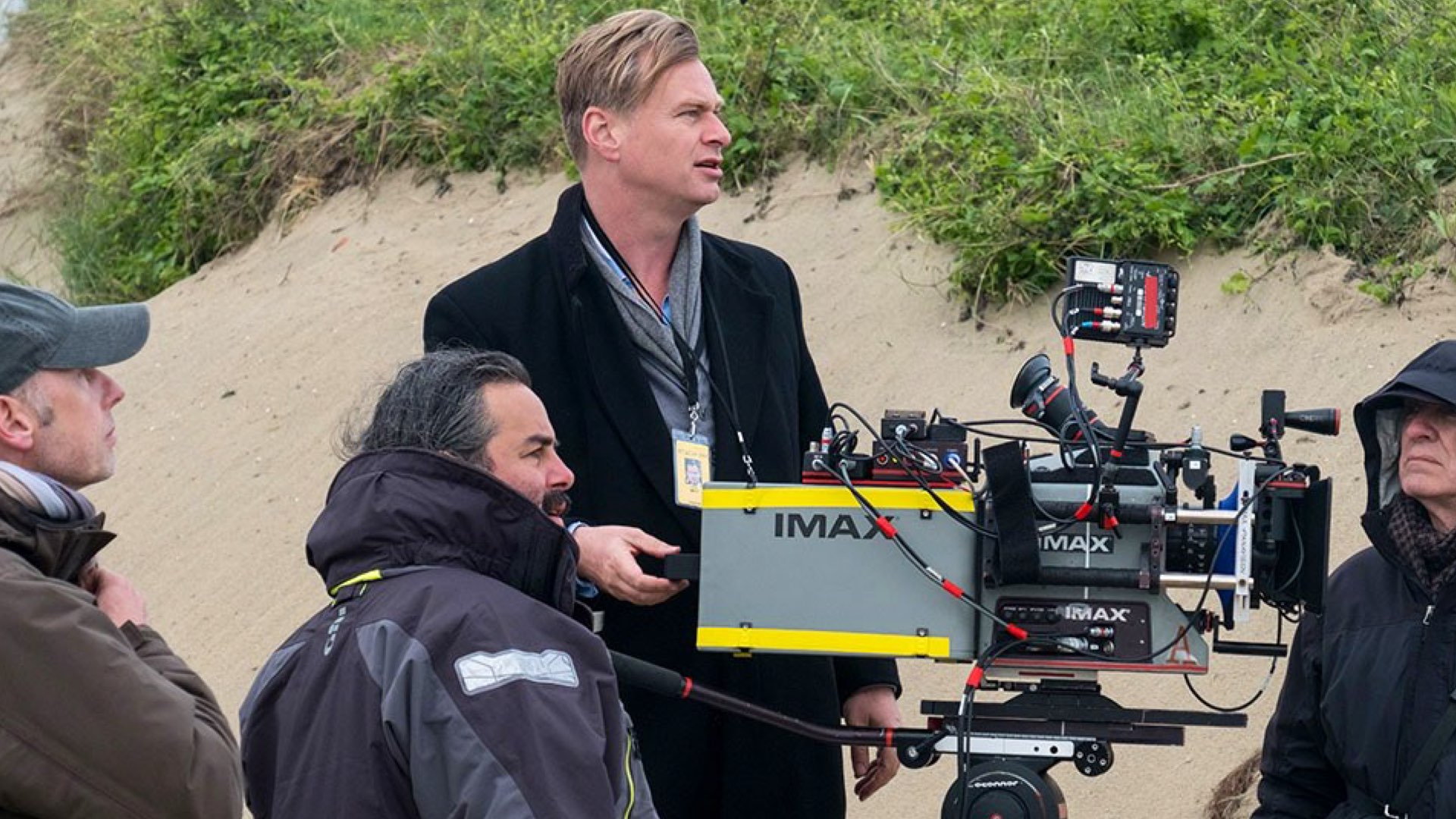



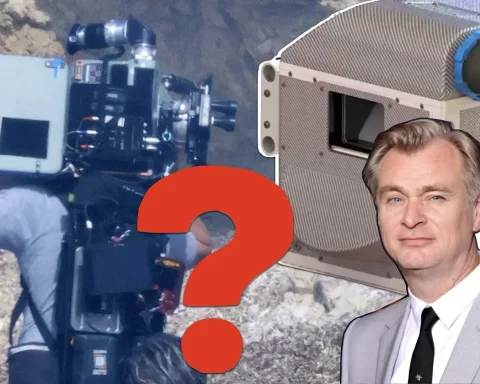
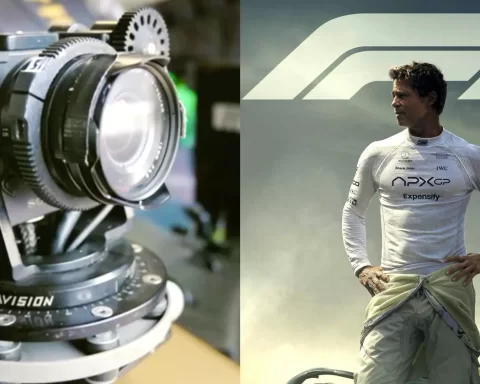


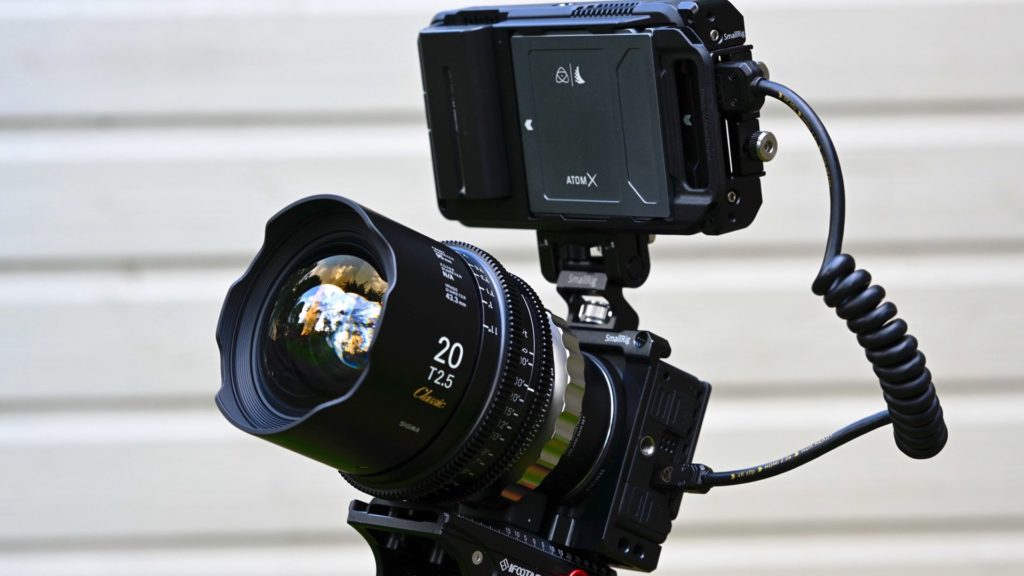

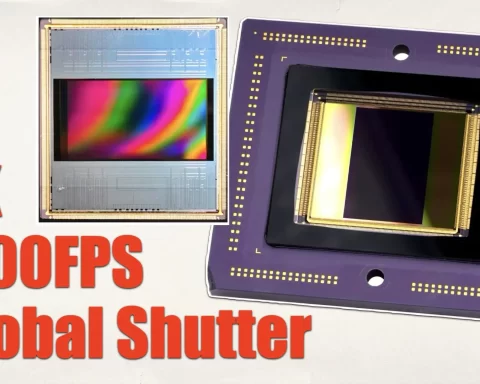
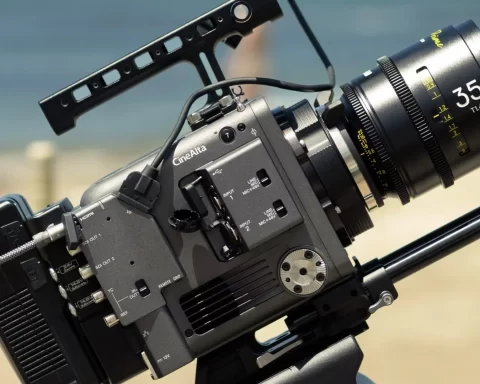

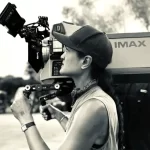
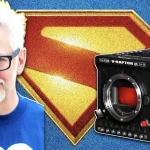
So excited!